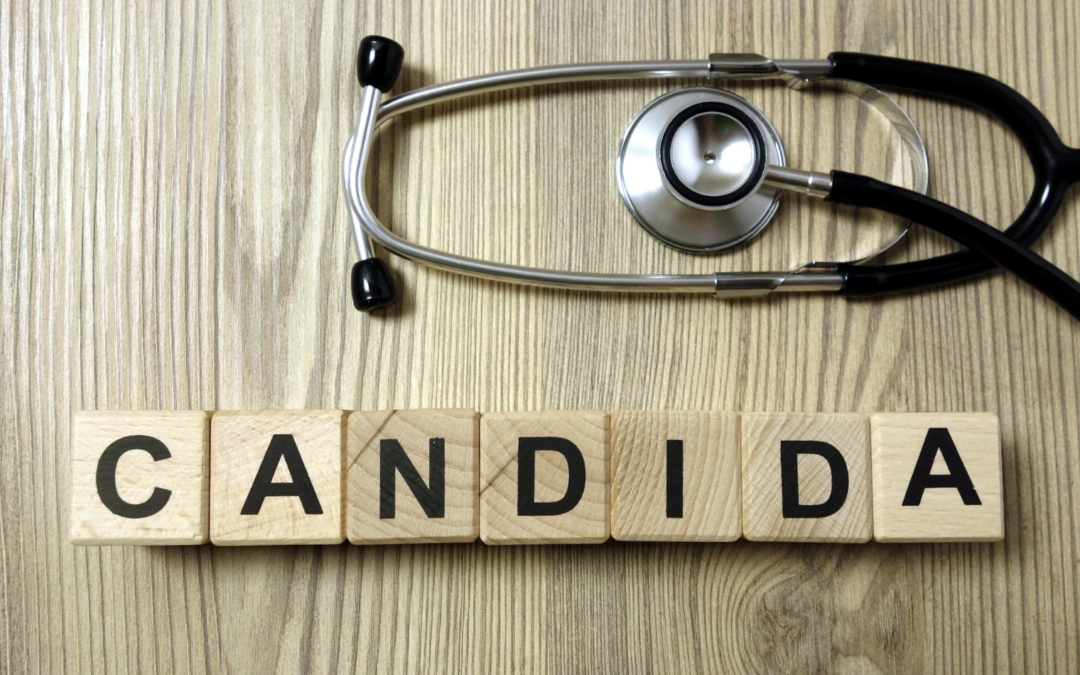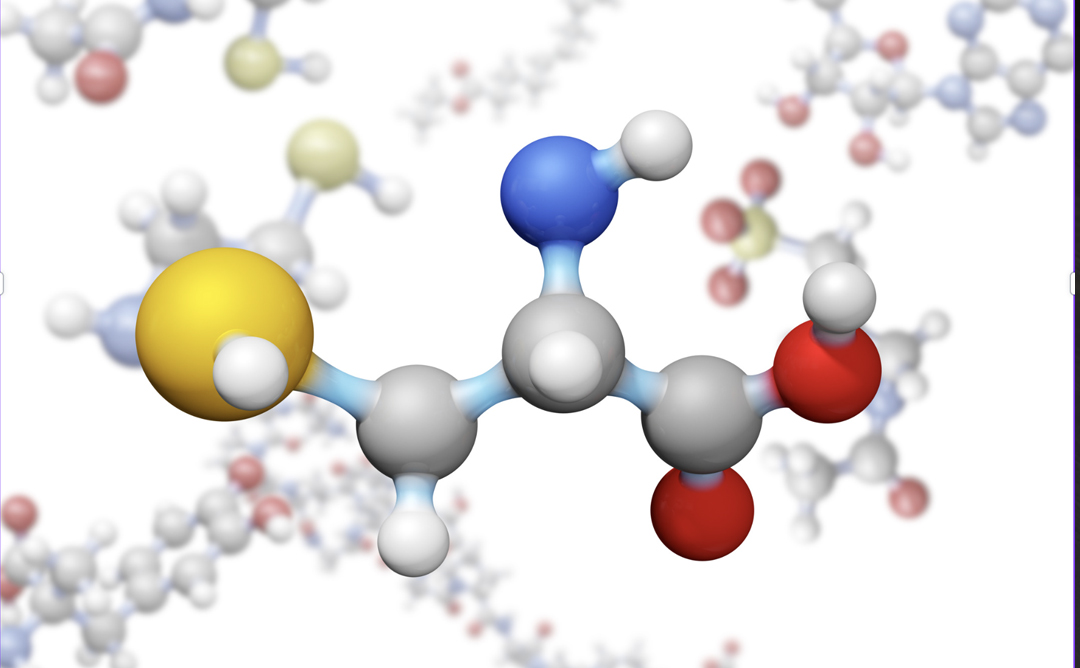
Candida Overgrowth – Restoring Balance Naturally

Candida Overgrowth: Restoring Balance Naturally
Candida is a fungus that aids with nutrient absorption and digestion when it’s at proper levels in the body. There are many types of candida, but the most common (and the one we will cover here) is Candida albicans. Candida albicans is a type of fungus that normally resides in our intestines, mouth, and skin, coexisting with beneficial bacteria.
Candida overgrowth is a common health concern that can disrupt the delicate balance of our bodies. While Candida albicans, a type of yeast, naturally resides in our bodies, an overgrowth can lead to various uncomfortable symptoms and health issues.It can cause a range of symptoms that affect both physical and mental well-being.
When there’s too much Candida in the digestive tract it can break down the walls of intestinal lining and penetrate the bloodstream. This releases byproduct toxins and other toxins from your system leading to leaky gut syndrome (a whole other line of problems). In this blog post, we’ll dlve into the world of Candida overgrowth, its causes, symptoms, and most importantly, explore natural healing approaches to restore balance and well-being.
Possible Causes of Overgrowth
Healthy bacteria helps to keep candida under control. If these bacteria levels are disrupted, candida can overproduce. It’s very important to keep the immune system functioning properly to keep the candida from migrating to other areas of the body including membranes around the heart and brain (known as invasive candidiasis). Certain factors such as a weakened immune system, prolonged antibiotic use, a high-sugar diet, hormonal imbalances, and chronic stress can disrupt the delicate balance, leading to an overgrowth of Candida.
The Signs & Symptoms of Overgrowth
Common signs of Candida overgrowth include recurring yeast infections, digestive issues (such as bloating, gas, and diarrhea), fatigue, brain fog, mood swings, skin rashes, and weakened immunity. Other symptoms include oral thrush, recurring vaginal yeast infections, nail fungal infections, hormonal imbalance, and sinus infections.
Natural Approaches to Combat Candida Overgrowth
While conventional treatments often rely on antifungal medications, adopting a holistic and natural healing approach can effectively restore balance and address the root causes of Candida overgrowth. Here are some natural strategies to consider:
- Diet Modifications: A Candida-friendly diet is crucial in controlling overgrowth. It involves reducing or eliminating foods that promote yeast growth, such as refined sugars, processed foods, alcohol, and refined carbohydrates. Instead, focus on consuming whole, unprocessed foods rich in fiber, lean proteins, healthy fats, and a variety of vegetables. Incorporating anti-fungal foods like garlic, coconut oil, oregano, and ginger can also support the body’s natural defenses. Stay away from starchy veggies such as carrots, radishes, beets, and potatoes and try to drink 72 oz of water a day!
- Probiotics and Fermented Foods: Probiotics are beneficial bacteria that help maintain a healthy gut flora and inhibit the growth of Candida.Consider incorporating probiotic-rich foods such as yogurt, kefir, sauerkraut, and kimchi into your diet. Additionally, a high-quality probiotic supplement can provide a concentrated dose of beneficial bacteria to restore balance. Look for probiotics high in CFUs (colony forming units) Aim for at least 5 billion to 10 billion CFUs per day for children and 10 billion to 20 billion for adults.
- Herbs and Supplements: Several herbs and supplements possess antifungal properties and can aid in combating Candida overgrowth. These include oregano oil, grapefruit seed extract, pau d’arco, black walnut, caprylic acid, and berberine. However, it’s essential to consult a qualified healthcare professional before incorporating any new supplements into your regimen.
- Stress Management: Chronic stress weakens the immune system and disrupts the balance of beneficial bacteria in the gut, making it easier for Candida to overgrow. Engaging in stress-reducing activities such as meditation, yoga, deep breathing exercises, and regular physical activity can help restore balance and support the healing process.
- Lifestyle Modifications: Certain lifestyle factors can contribute to Candida overgrowth. These include excessive alcohol consumption, smoking, inadequate sleep, and prolonged antibiotic use. By making positive lifestyle changes, such as reducing alcohol consumption, quitting smoking, getting sufficient sleep, and only using antibiotics when necessary, you can create an environment that discourages Candida overgrowth.
In conclusion, Candida overgrowth can disrupt our well-being, affecting both physical and mental health. Fortunately, natural healing approaches can help restore balance and alleviate the uncomfortable symptoms associated with Candida overgrowth. By adopting a Candida-friendly diet, incorporating probiotics, utilizing antifungal herbs and supplements, managing stress, and making positive lifestyle changes, you can support your body’s natural healing processes and regain harmony from within. Remember, consistency and patience are key as you embark on your journey to restore balance and overall well-being naturally.
Join Our Facebook Group. We would love to have you!
Disclaimer: We are an affiliate of many companies, which means that we may receive a commission if you click on our affiliate link and make a purchase. However, this does not affect our reviews and comparisons. We strive to provide honest opinions and recommendations based on our own experiences and research. Any product claim, statistic, quote, or other representation about a product or service should be verified with the manufacturer, provider, or party in question.


